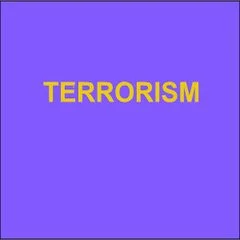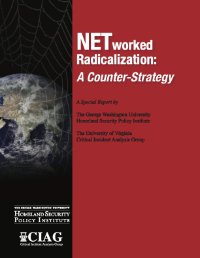By Mohammed Abu-Nimer
The emergence of “violent extremism” (VE)2 as a central framework and priority adopted by most Western and non-Western government agencies. It has become the primary lens through which to describe many of their activities, especially in conflict areas around the world, even when the issues are not or are only remotely related. There is no doubt that VE narratives, especially those promoting violence in the name of Islam spread by groups such as Al-Qaeda, Al-Shabab, Taliban and Daesh, have gained strength and visibility in the last two decades (regardless of the differences in the groups’ motivation or type of justification – be it nationalism, anti-Western intervention or religion). However, it is an overstatement to solely explain the motivation for endorsing or adopting VE in Muslim societies as a result of theological factors; as explained below, there are many other factors besides religious identity and theological reasoning contributing to the phenomenon. Nevertheless, it is possible to trace historical factors that led to the creation of such groups in predominantly Muslim countries. In Afghanistan, for example, one such factor is rooted in the Cold War dynamics between the United States (US) and the USSR at the time of the Soviet invasion of Afghanistan in 1979. To fight communism, the US government mobilised local Afghan communities, which included some fighters who subsequently employed extreme Islamic religious narratives. The US’s fervent desire to prevent the spread of communism thus led to the arming of members of Afghan society who later utilised the concept of jihad against non-believers in certain Sunni interpretations.
Berlin: Berghof Foundation, 2018. 21p.





















